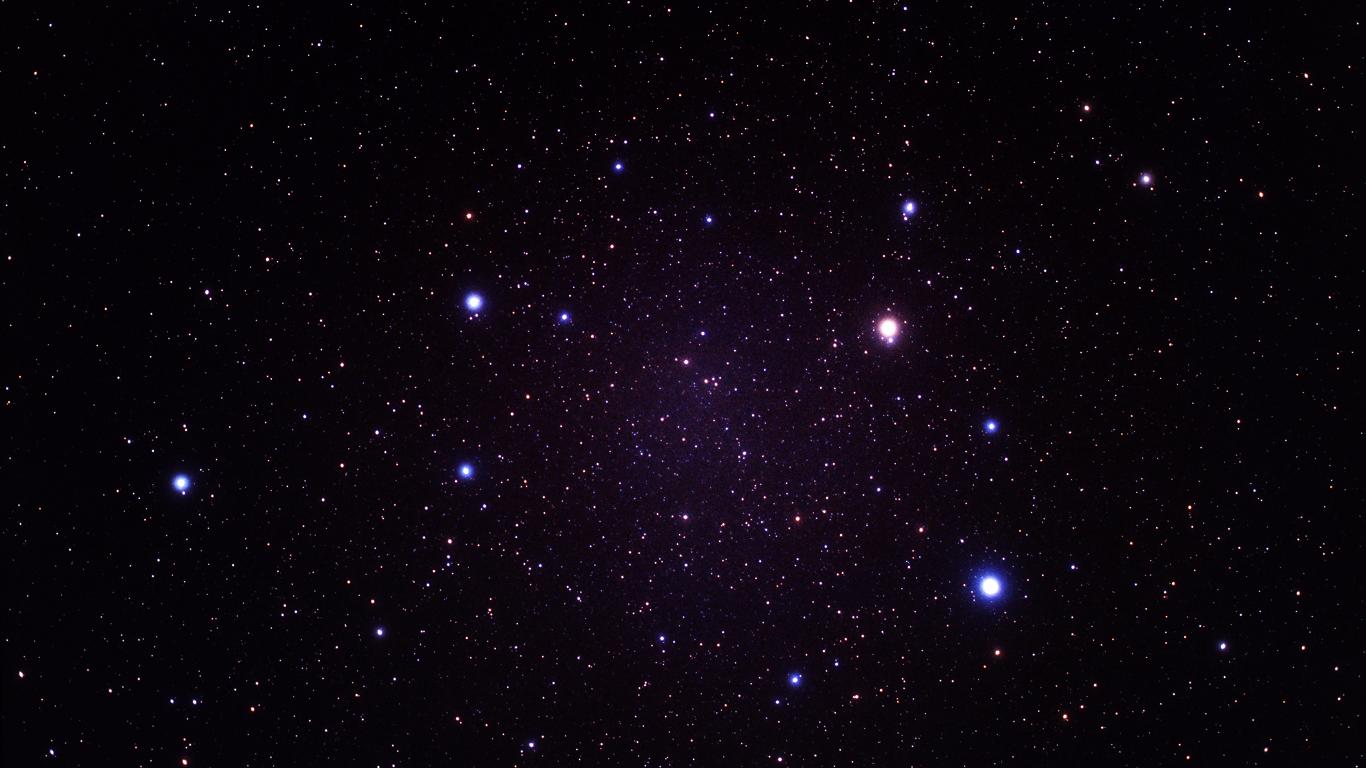
Scientists have observed a star swallowing a planet for the first time. Earth will meet a similar fate in 5 billion years.
The astronomers who found it think the planet is rocky and resides within the habitable zone -- close enough to its host star to host liquid water.

For the first time, astronomers have directly observed a planet in the making.

Astronomers observe up to three newborn planets evolving from a disk of gas and dust particles circling a distant Sun-like star.

Humans may feel small when contemplating the universe, but astronomers are closer than ever to at least making us feel a little less lonely thanks to a new method of measuring planetary habitability and advances in telescope technology.

Some 300 hot Jupiters have been identified over the past two decades, and this is the first time any close-in planets were discovered.

The new field of exoplanet science has progressed rapidly in the last two decades: Astronomers have now confirmed the existence of nearly 2,000 planets beyond our own solar system.

Jupiter's melting heart sheds light on mysterious exoplanet

Seven years ago, astronomers boggled when they found the first runaway star flying out of our galaxy at a speed of 1.5 million miles per hour. The discovery intrigued theorists, who wondered: If a star can get tossed outward at such an extreme velocity, could the same thing happen to planets?

In the grand scheme of the solar system, Venus and Earth are almost the same distance from the sun. Yet the planets differ dramatically: Venus is some 100 times hotter than Earth and its days more than 200 times longer. The atmosphere on Venus is so thick that the longest any spacecraft has survived on its surface before being crushed is a little over two hours. There's another difference, too. Earth has a magnetic field and Venus does not -- a crucial distinction when assessing the effects of the sun on each planet.
Astronauts bravely say they are ready to go on another spaceship as their 520-day simulated mission to Mars ends. .

An international team, including three astronomers from the European Southern Observatory (ESO), has used the technique of gravitational microlensing to measure how common planets are in the Milky Way. After a six-year search that surveyed millions of stars, the team concludes that planets around stars are the rule rather than the exception. The results will appear in the journal Nature on 12 January 2012.

Only four days into the New Year and the first four exoplanets of 2012 have been spotted orbiting four distant stars.

Discoveries of new planets just keep coming and coming. A team of astronomers has found 18 Jupiter-like planets in orbit around massive stars. The discoveries further constrain theories of planet formation.

The NASA Kepler Mission is designed to survey a portion of our region of the Milky Way Galaxy to discover Earth-size planets in or near the "habitable zone," the region in a planetary system where liquid water can exist, and determine how many of the billions of stars in our galaxy have such planets. It now has another planet to add to its growing list. Researchers have shown that one of the brightest stars in the Kepler star field has a planet with a radius only 1.6 that of Earth